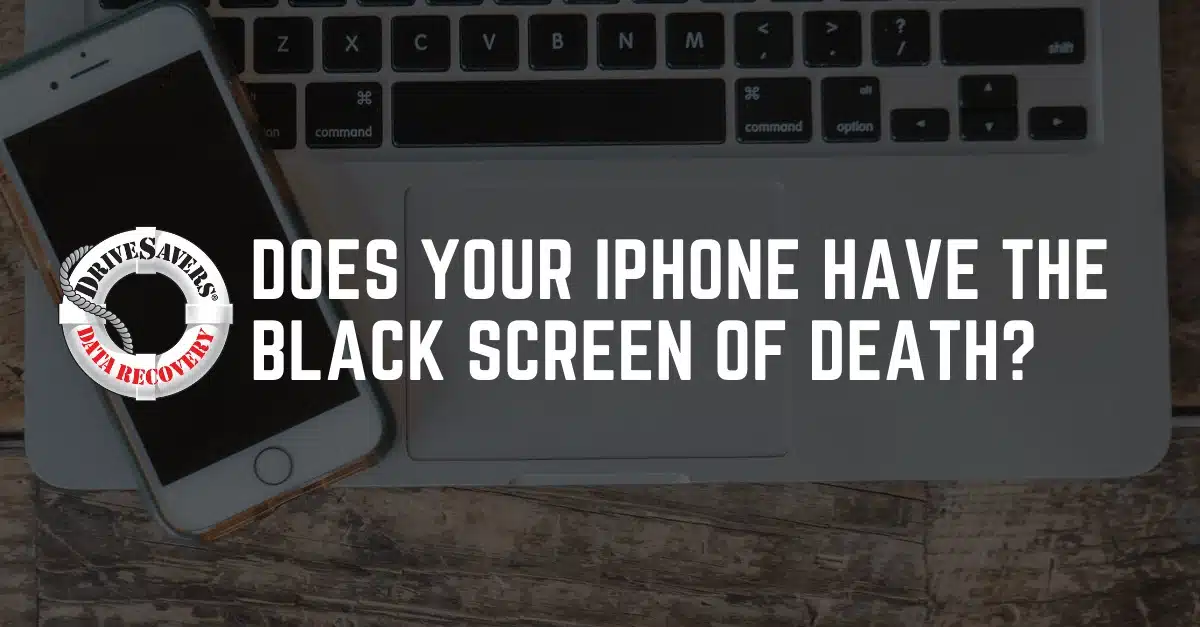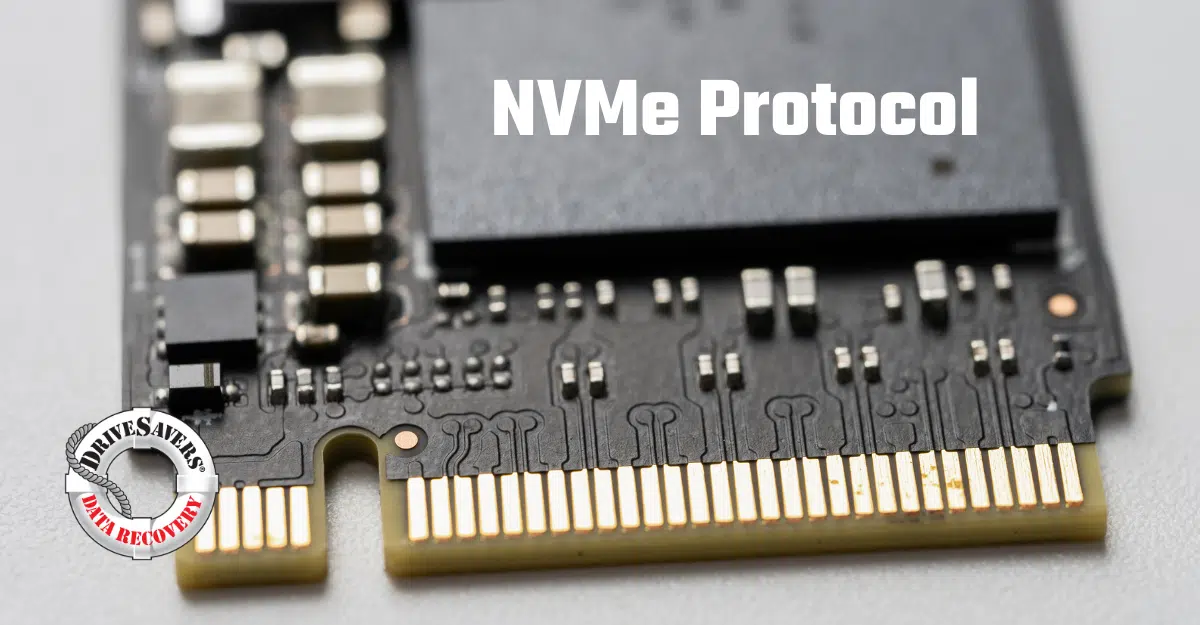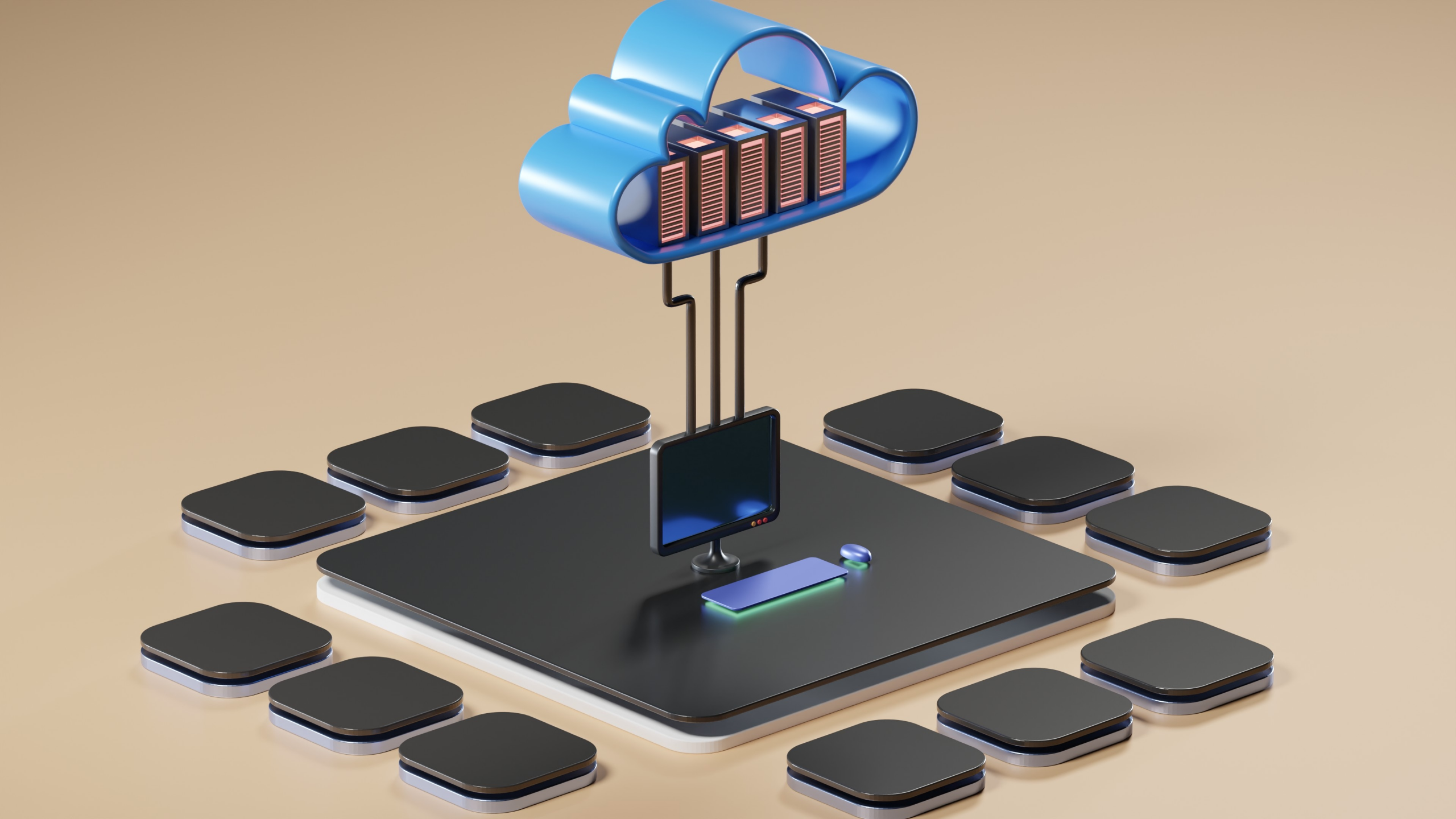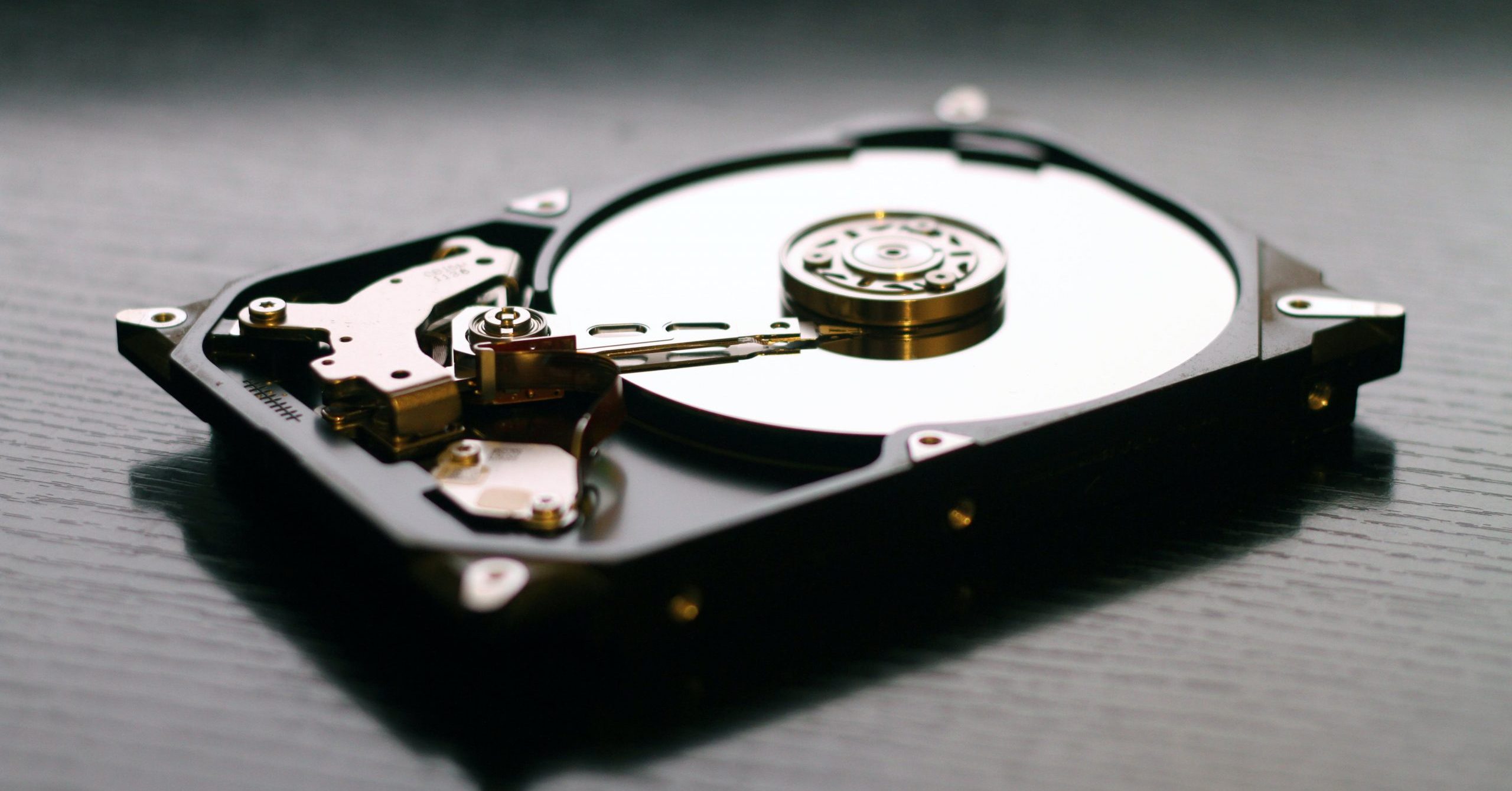The iPhone Black Screen: Why it Happens and How to Fix it
Blackball. Blackhead. Black market. Black death. Blacklist. Blackmail. Blackout. Black screen. Besides the word black, what do all these things have in common? You don’t want a single one of them! So when you look down and realize, “My iPhone screen is black” you may want to panic. Whether your…











